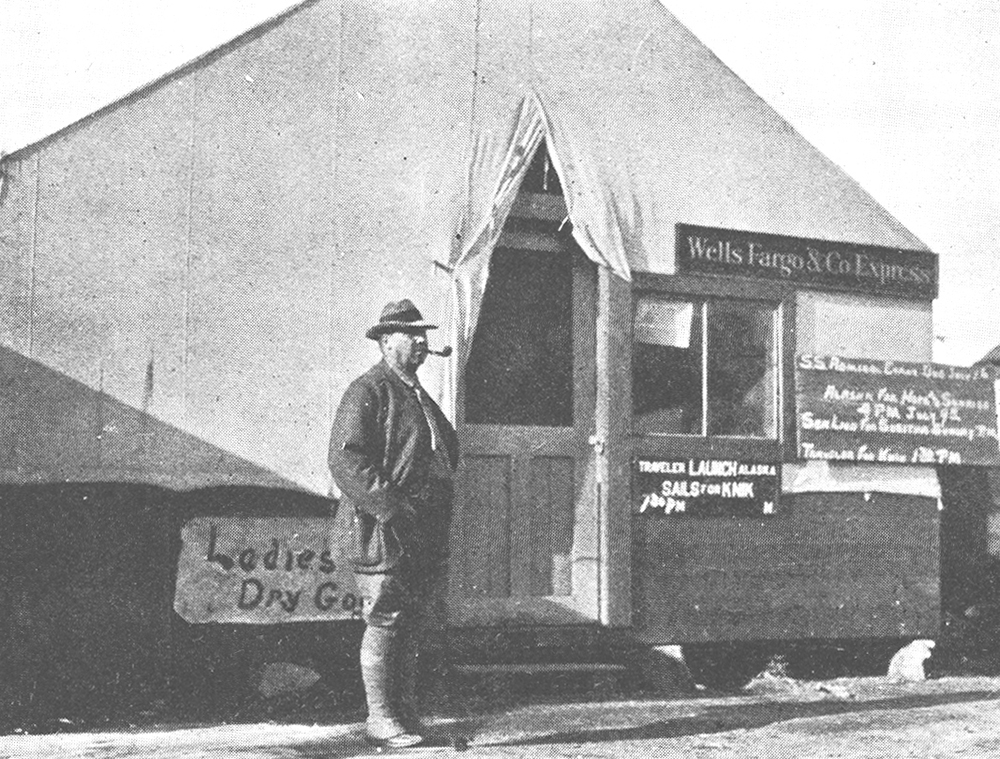Experience history in the making
Innovation. It’s in our blood. It’s the enduring thread that runs through our history and continues to move us forward. As long as there are customers to be helped, we’ll keep at it. And keep sharing our stories here. Welcome.
Explore more